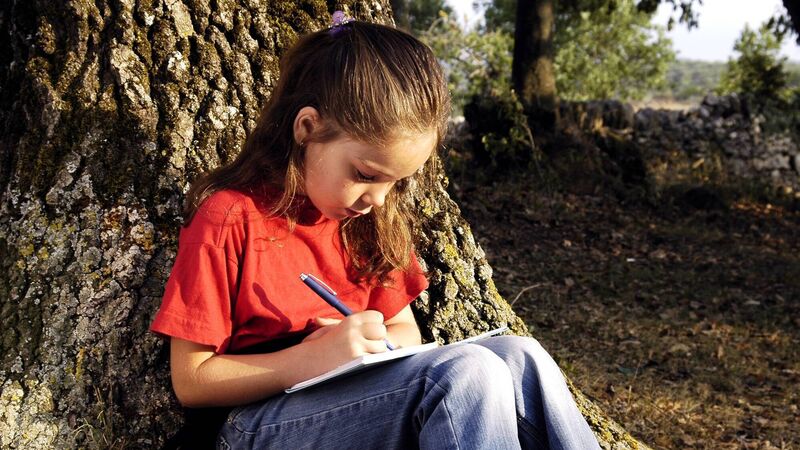Joanna Fortune: My child finds it extremely difficult to deal with unexpected changes

Change can be very difficult for autistic people. This can be due to some of the behavioural, sensory and information-processing challenges they experience. They tend to prefer predictability and familiar environments and routines.
Storyboards are a very useful tool in helping children understand what is required of them in relation to everyday tasks, new places, or changes in routine.
Though often used to support children with autism, I have also used storyboards with children who have a range of neuro-abilities, including those who present with anxiety or who have experienced trauma.
A storyboard lists out, usually in visual images, the precise steps that need to be followed in a given routine or situation. A child can refer to their board to help them stay on track or be redirected to it if they become dysregulated.
Change can be very difficult for autistic people. This can be due to some of the behavioural, sensory and information-processing challenges they experience. They tend to prefer predictability and familiar environments and routines.
It's impossible to prepare for unexpected situations, and when they do arise, parents can feel anxious, just as it can cause an anxiety spike in their child.
There isn’t a way to safeguard against unexpected change, so when such situations occur, it's best to hit a figurative pause button. Take your son's hands in yours, drop to his eye level, and use clear language to describe the change that is happening and how it might be feeling for him.
Use pauses to give him time to process what you are saying, and try to restrict your use of gestures and facial expressions so as not to give him too much information to process.
If it is possible to separate your child from what is happening, do so, and if that is not possible, try to address the situation by describing it quickly but calmly so that you can keep him as calm as possible in the moment.
Regardless of how the unexpected situation goes, ensure you actively engage him in repair later. When back in a safe and familiar place, engage with him in a preferred activity... and if he is open to it, reflect on what happened by talking or playing it out with some toys with ways to handle such a situation in the future. For example, take some small figures (doll's house characters) and have a doll that represents each of you and play out what the 'change' situation was. Playing it out this way affords a degree of separation from the feelings and reflection and can help make sense of the unfamiliar situation that caused the stress.
You can translate what has happened into a storyboard so that he can better integrate the experience in a way he can learn from.
American Michelle Garcia-Winner is the founder of socialthinking.com and has a lot of resources in the area of social situation mapping that you might find helpful in this regard.
- If you have a question for child psychotherapist Dr Joanna Fortune, please send it to parenting@examiner.ie







